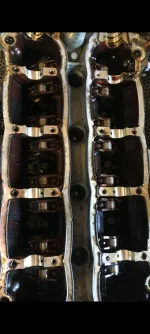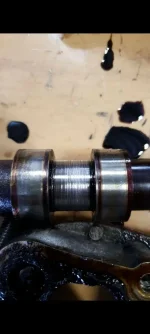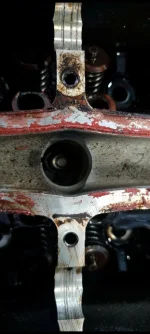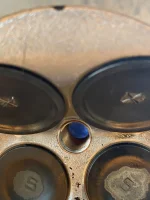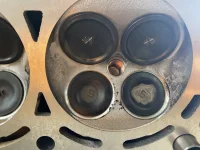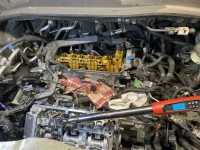Final Update:
- Head came back from the machine shop after 2.5 weeks. They were unable to remove the stuck plug with an extractor and had to drill it out. The machine shop did not have a Timesert kit for the newer M12x1.25 plugs so I had to acquire one at my expense ($250). The machine shop cleaned the sludge, installed new valve stem seals, did something to journals (did not ask), resurfaced the head, installed the new cam and installed a Timesert in #4. And FYI, a 24mm insert is almost a perfect fit for these heads, maybe a hair long.
- Rear cylinder head was normal. No sludge, just moderate varnish.
- Valve adjustment was performed on the rear head as well. Intakes were loose, exhaust valves were on the tighter end of spec but probably still passable. I set the valve clearance on the loose end of spec (.009" for intakes and .013" for exhausts).
- Found #1 plug to be fouled which is typical for the older VCM engines. Installed 6 new NGK plugs and torqued them to 16 ft lbs with a little bit of anti-seize (per the FSM). Also flashed the PCM with the latest calibration which contains revised VCM switching logic.
- Timing marks were 1/2 tooth off upon reassembly, probably due to the head resurface.
- Engine is running fine after the repair. At idle it is dead quiet, no more knocking sounds. No misfires, fuel trims are well within spec. During acceleration there is some light clatter, but this is probably a combination of the valve clearance being on the loose end of spec and other worn parts.




